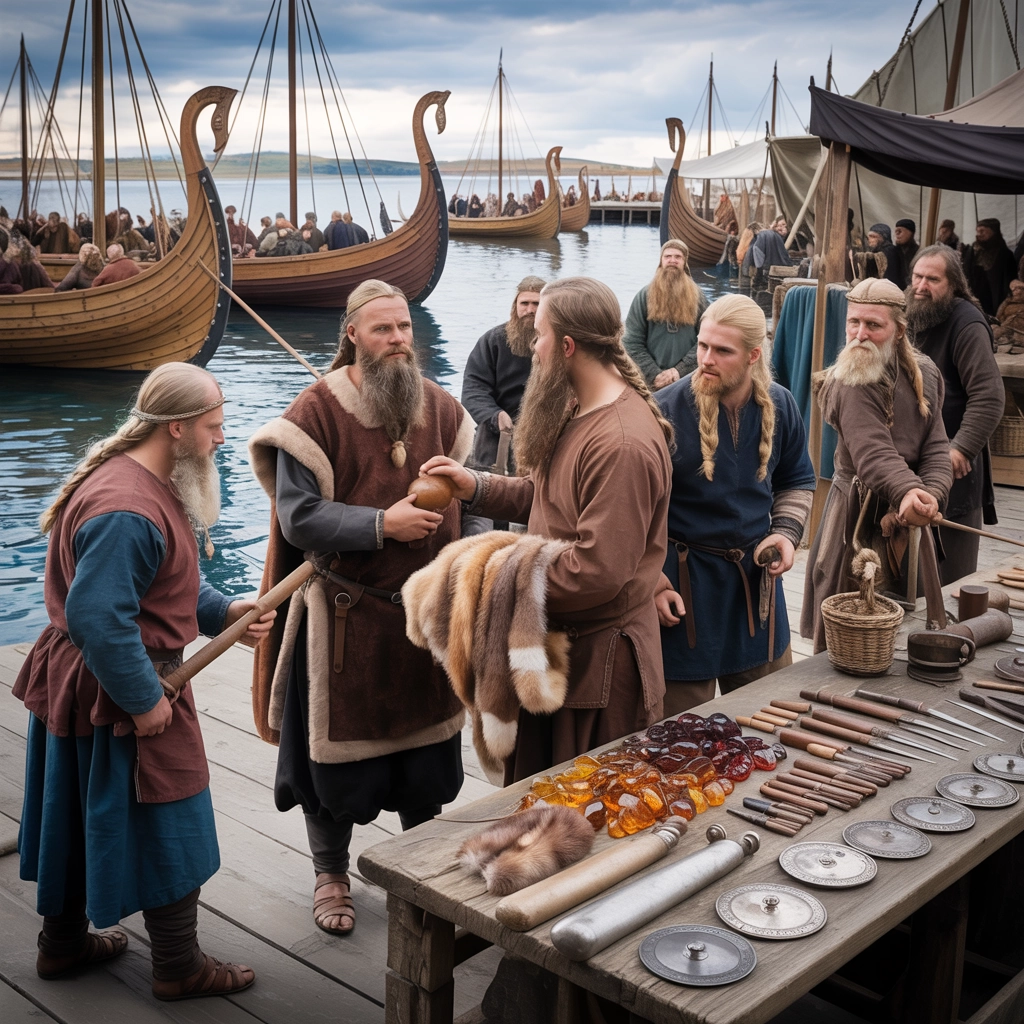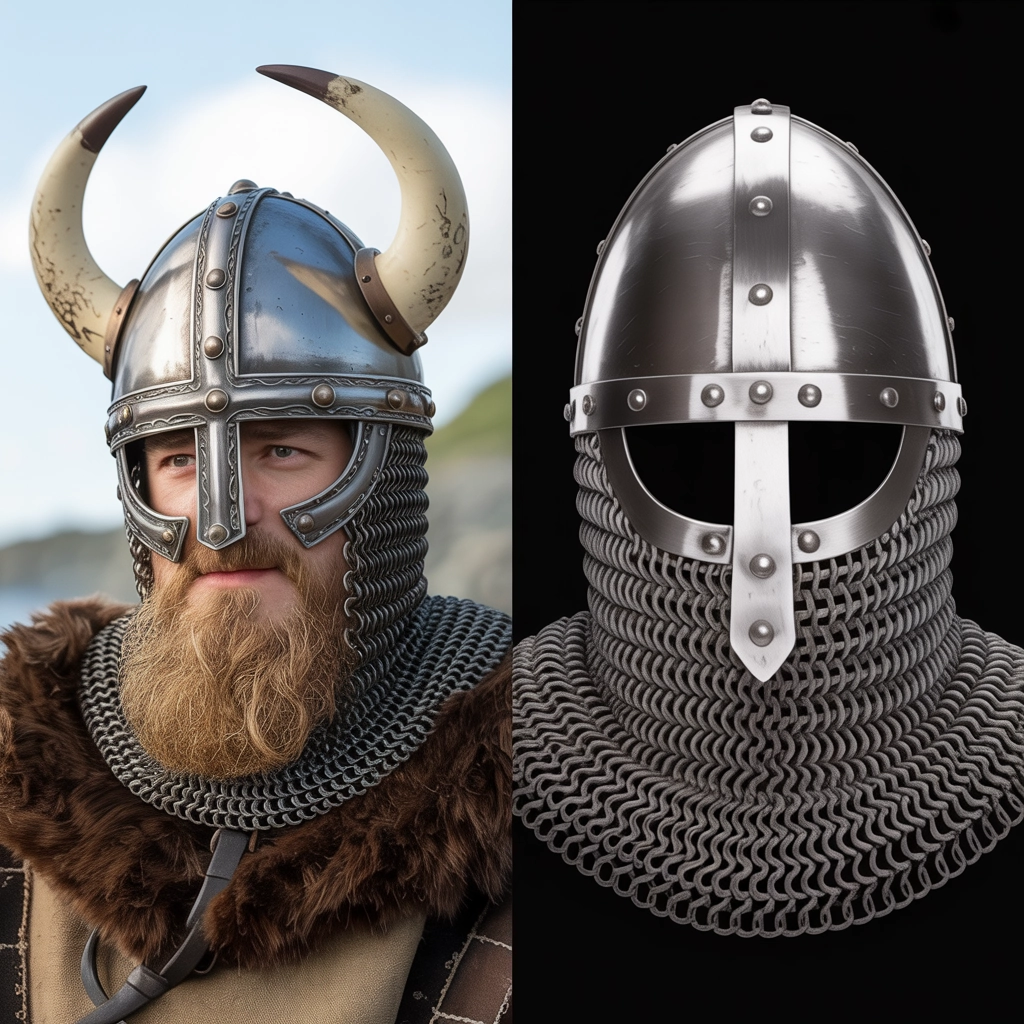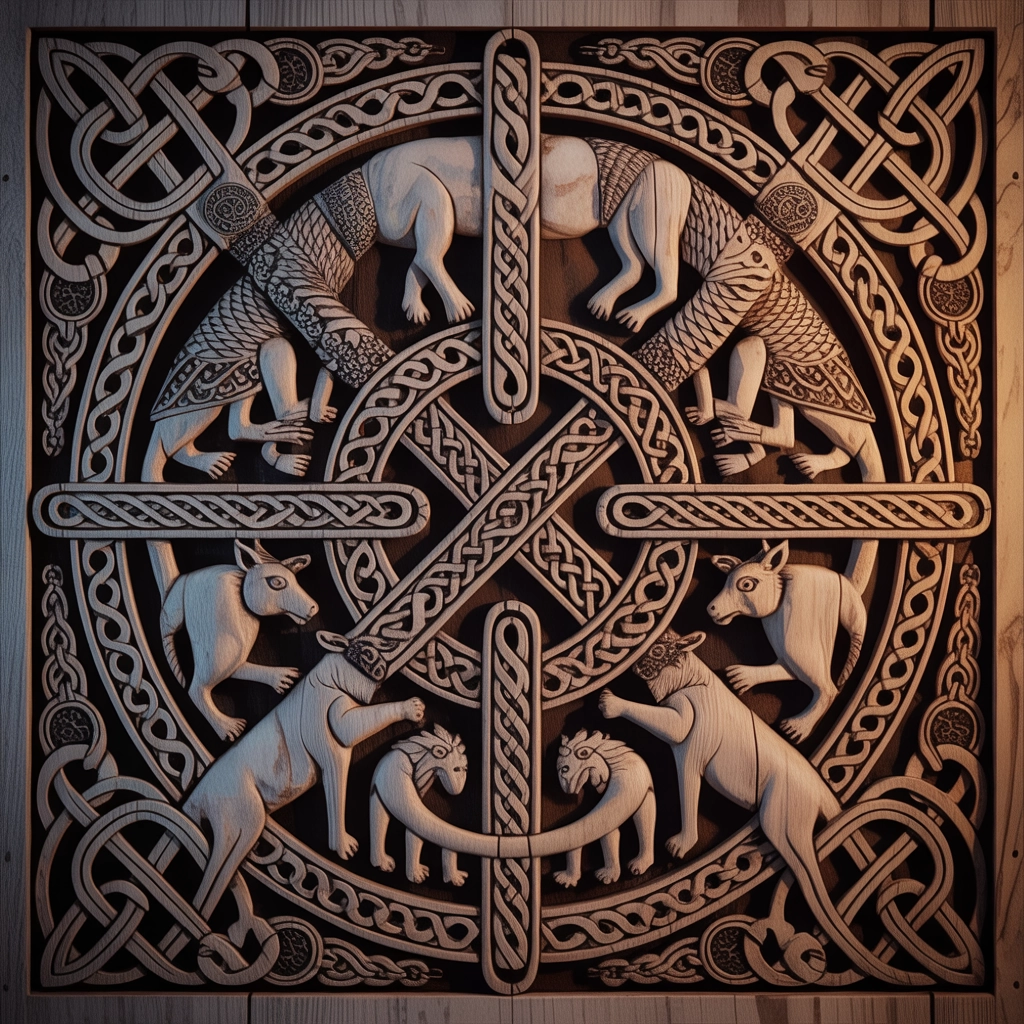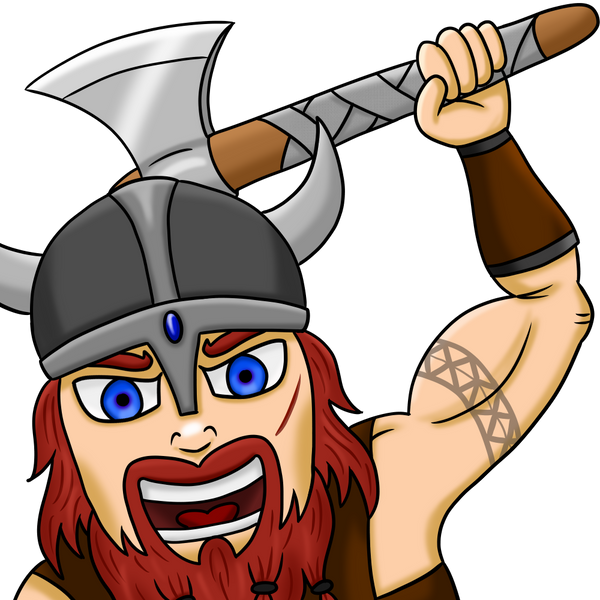The Misrepresentation of Norse Culture in Hollywood and Media: Separating Fact from Fiction
Share
From Marvel's Thor to History Channel's "Vikings," Norse culture has become a staple in modern entertainment. But how much of what we see on screen actually reflects historical reality? As a company deeply connected to Norse heritage, we at Viking King Trading believe in honoring authentic traditions while separating Hollywood fantasy from historical fact.
The Warrior Stereotype: More Than Just Raiders
One of the most persistent misconceptions about Norse people is that they were primarily violent raiders whose sole contribution to history was bloodshed and conquest.
Popular shows like "Vikings" and films like "The Northman" often lean heavily into portraying Norsemen as war-oriented people with little to offer beyond their fighting prowess. While these productions have their merits in entertainment value, they frequently oversimplify a complex culture.
According to Dr. Neil Price, Professor of Archaeology at Uppsala University, "The Vikings were certainly capable of extreme violence, but that's only a small part of who they were. They were also innovative shipbuilders, explorers, merchants, craftspeople, storytellers, and farmers."
Archaeological evidence supports this more nuanced view. Viking settlements across Northern Europe reveal sophisticated trading networks that stretched from North America to the Middle East. Their merchants traded everything from furs and amber to silver and spices, establishing economic relationships that shaped medieval Europe's development.

Gods Among Us: Norse Mythology vs. Hollywood Invention
Perhaps nowhere is the distortion of Norse culture more evident than in the portrayal of Norse mythology, particularly in the Marvel Cinematic Universe.
While Thor's hammer-wielding adventures make for thrilling cinema, they bear little resemblance to the actual myths that inspired them. Dr. Jackson Crawford, Old Norse specialist and former instructor at the Universities of Colorado and California, points out several key discrepancies:
"In Marvel films, Loki is portrayed as Thor's adopted brother. In actual Norse mythology, Loki was a giant who became Odin's blood-brother—not his son—making him Thor's uncle, not brother," Crawford explains in his scholarly translations of the Poetic Edda.
Additionally, Marvel's portrayal of Asgardians as essentially advanced aliens with technology that appears magical fundamentally misunderstands the spiritual nature of Norse cosmology. The gods weren't extraterrestrials with superior technology—they were divine beings with distinct personalities, flaws, and powers deeply embedded in the Norse worldview.
The Prose Edda, one of our most valuable sources on Norse mythology compiled by Snorri Sturluson around 1220 CE, describes a complex pantheon with gods responsible for different aspects of life and nature. Thor wasn't just a warrior but a protector of humanity and agriculture, while Odin was associated with wisdom, poetry, death, and magic—far more complex than their on-screen counterparts.
Viking Appearance: Horned Helmets and Other Myths
If you were to ask most people to describe a Viking, they'd likely mention horned helmets. Yet this iconic image has no historical basis. According to the British Museum, "Despite their popular image, there is no evidence that Vikings wore horned helmets in battle. The idea largely stems from 19th-century artistic reimaginings of Norse culture."
The misconception originated primarily with costume designer Carl Emil Doepler's work for Richard Wagner's opera cycle "Der Ring des Nibelungen" in the 1870s, which featured warriors in horned helmets. This theatrical choice, made nearly a millennium after the Viking Age, has persisted as "historical fact" in popular imagination.
In reality, archaeological findings show that Viking warriors typically wore simple conical helmets made of iron, often with a nose guard but no horns—practical protection rather than decorative statements.

Daily Life Beyond Raiding
Media depictions often reduce Viking society to brutal raids and battles, but daily life for most Norse people centered around farming, not fighting. Archaeological evidence from settlements across Scandinavia reveals that agriculture was the foundation of Viking society.
Dr. Cat Jarman, bioarchaeologist and author of "River Kings: A New History of the Vikings from Scandinavia to the Silk Roads," notes that "most Vikings never went raiding. The vast majority were farmers who spent their days tending crops and livestock, just trying to survive in a harsh northern climate."
The portrayal of Vikings as unhygienic barbarians also contradicts historical evidence. Archaeological findings include combs, ear spoons, tweezers, and other grooming tools, suggesting personal cleanliness was valued. Contemporary accounts from Arab diplomat Ibn Fadlan, who encountered Vikings in the 10th century, described them as regularly washing (though he was still critical of their hygiene practices by his own cultural standards).
Even Viking homes reflect a more sophisticated lifestyle than often portrayed. Many featured intricate woodwork, textiles, and craftsmanship that demonstrated both artistic sensibility and practical skill—aspects rarely highlighted in popular depictions.
Women in Viking Society: Warriors or Homemakers?
Recent media like "Vikings" has popularized the concept of shield-maidens—female warriors who fought alongside men. While this portrayal has sparked debate among historians, the archaeological record suggests a more nuanced reality.
The controversial Birka warrior grave, initially assumed to be male due to the warrior equipment buried with the body, was determined in 2017 to contain female remains. This discovery suggests that some women may indeed have taken up arms, though the extent of female participation in combat remains debated among scholars.
What's clearer is that Norse women enjoyed more rights and autonomy than many of their contemporaries in other European societies. They could own property, initiate divorce, and run households and businesses when men were away—realities that are sometimes accurately portrayed in shows like "Vikings" but often overshadowed by more sensationalized elements.
Dr. Judith Jesch, Professor of Viking Studies at the University of Nottingham, explains: "Viking Age women in Scandinavia had considerable freedom and power within the constraints of a patriarchal society. They weren't all warriors, but they weren't passive, either."
Cultural Achievements: The Missing Narrative
Perhaps the most significant misrepresentation in media is what's left out entirely: the remarkable cultural achievements of Norse society.
The Vikings created sophisticated literature in the form of sagas and poetry, developed complex legal codes, and established trade networks that connected distant parts of the medieval world. Their shipbuilding technology was centuries ahead of contemporaries, enabling exploration of North America long before Columbus.
The Norse also had a significant impact on language and governance in the places they settled. Many common English words (like "egg," "knife," and "husband") come from Old Norse. The democratic assembly known as the "Thing" represented an early form of participative governance that influenced legal systems across Northern Europe.

Why Accurate Representation Matters
At Viking King Trading, we believe that separating fact from fiction isn't just an academic exercise—it's about honoring a rich cultural heritage that continues to inspire.
When media reduces Norse culture to one-dimensional warriors or magical superheroes, it obscures the sophisticated society that made significant contributions to world history. It also perpetuates stereotypes that do a disservice to both historical understanding and the descendants of Norse peoples.
More accurate portrayals would show the Vikings as they truly were: complex people with a remarkable culture that valued exploration, craftsmanship, storytelling, and innovation alongside martial prowess.
As consumers of media and products inspired by Norse culture, we can appreciate Hollywood's creative interpretations while seeking deeper understanding of the historical realities. This balanced approach allows us to enjoy works like "Vikings" or Marvel's Thor while recognizing where they diverge from history.
Embracing Authentic Norse Heritage
While Hollywood may continue to reinvent Norse mythology and Viking history to suit its storytelling needs, there's growing interest in more authentic connections to this fascinating culture.
This is why we at Viking King Trading focus on creating handcrafted products that honor traditional Norse craftsmanship and symbolism. From our beard oils inspired by Norse gods and mythology to our engraved items featuring many authentic Norse patterns and symbols, we strive to celebrate Norse heritage with respect and authenticity.
The next time you watch a Viking-themed show or movie, we encourage you to enjoy the entertainment value while remembering there's a deeper, richer history behind those characters—one filled with farmers and poets, explorers and craftspeople, whose legacy deserves to be understood in all its complexity.
After all, the real story of Norse culture is far more fascinating than even Hollywood could imagine.
Sources:
- Price, Neil. "The Vikings: A History." Basic Books, 2016.
- Crawford, Jackson. "The Poetic Edda: Stories of the Norse Gods and Heroes." Hackett Publishing, 2015.
- Jarman, Cat. "River Kings: A New History of the Vikings from Scandinavia to the Silk Roads." Pegasus Books, 2021.
- The British Museum. "Vikings: Life and Legend Exhibition Materials." 2014.
- Jesch, Judith. "Women in the Viking Age." Boydell Press, 1991.
- Williams, Gareth. "Viking Britain: A History." William Collins, 2017.
